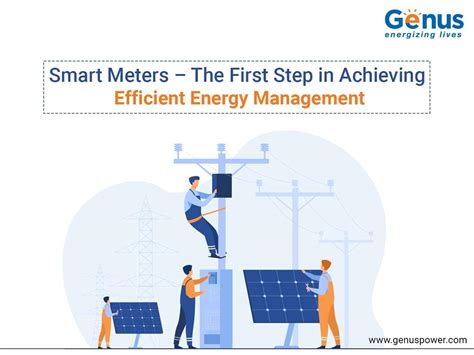In a rapidly advancing technological landscape, smart meters are emerging as game-changers for energy consumption and efficiency. The integration of these meters into households and businesses is not just about upgrading the way we measure electricity; it’s about transforming our relationship with energy consumption. While usage statistics might seem mundane, the potential for optimization and cost reduction is significant.
Consider the growing application of smart meters in regions like Ontario, Canada, where analysts like Scoundreller note the mixed success of such technologies. Initial goals, such as shifting peak demand, often face hurdles due to user habits and infrastructural challenges. However, as one might expect, these meters also unlock the potential for enhanced energy efficiency and dynamic pricing models that can drive substantial savings.
For many consumers, the concept of smart meters centers around tools like the
Green Button
initiative, which allows users to download their consumption data directly. However, as articulated by CharlesW in discussions on various forums, there are concerns about the longevity and reliability of such programs. Links to official resources have gone dormant, casting doubts on the commitment to these technologies. This is where advocacy and innovation converge, urging the need for consistent maintenance and transparent policies to ensure these smart tools remain beneficial.
Yet, the advantages are clear when systems work effectively. For instance, the potential of ‘ultra-chill’ modes in appliances like refrigerators, as discussed by Technophiles, can align cooling cycles with off-peak hours, resulting in energy cost savings. Current projects claiming that thermal mass, akin to batteries, can be optimized to store ‘cold energy’ when electricity is cheaper highlight another exciting frontier. Here, the integration of such intelligence into everyday appliances points towards future-ready homes that can self-regulate for efficiency.
Additionally, smart metering isn’t just about real-time monitoring; it’s about molding consumer habits. As Scoundreller suggests, mass adoption of smart thermostats with automated back-off features during peak rates holds immediate benefits. This technology could reduce operational costs for utility companies and also result in lower bills for astute consumers. This concept extends to electric vehicles (EVs) where usage can be timed to take advantage of cheaper, off-peak electricity rates, representing a significant leap towards smarter, sustainable energy use.
The global landscape is already experimenting with these concepts. Models of implementation in Europe, where dynamic tariffs are more common, provide blueprints for other regions. Tools like the Tibber app in Sweden allow consumers to monitor electricity prices and dynamically adjust their consumption patterns. Similarly, appliances capable of adhering to time-of-use tariffs, like modern ovens, slow cookers, and dishwashers, are becoming more relevant. The feasibility studies of these technologies show promising trends where substantial savings and efficiency gains are achievable.
Of course, the technology isn’t without challenges. Initial implementations often run into problems linked to the infrastructural capabilities of smart grids. Critics argue that while the cost of implementation can be high, the return on investment through things like reduced energy consumption and automated load management can justify these expenses. However, it’s crucial to support these claims with robust data and transparent reporting methods to maintain consumer trust and drive further adoption of smart technologies in the energy sector. For the tech-savvy homeowner, integrating IoT devices with platforms like Home Assistant means having granular control over energy usage and finding new ways to achieve sustainability.
In conclusion, the path towards a smarter grid and smarter consumption isn’t a single leap but a series of calculated steps. Utilizing detailed energy monitoring, embracing automation, and encouraging dynamic pricing forms the core of future household energy consumption. The enthusiasm and innovation among users and experts alike point to a future where managing energy consumption becomes as intuitive and automated as scheduling a smart thermostat. The evolution from passive consumers to active managers of energy underscores the transformative potential of smart meters, positioning them as fundamental pillars in the pursuit of energy efficiency and sustainability.


Leave a Reply